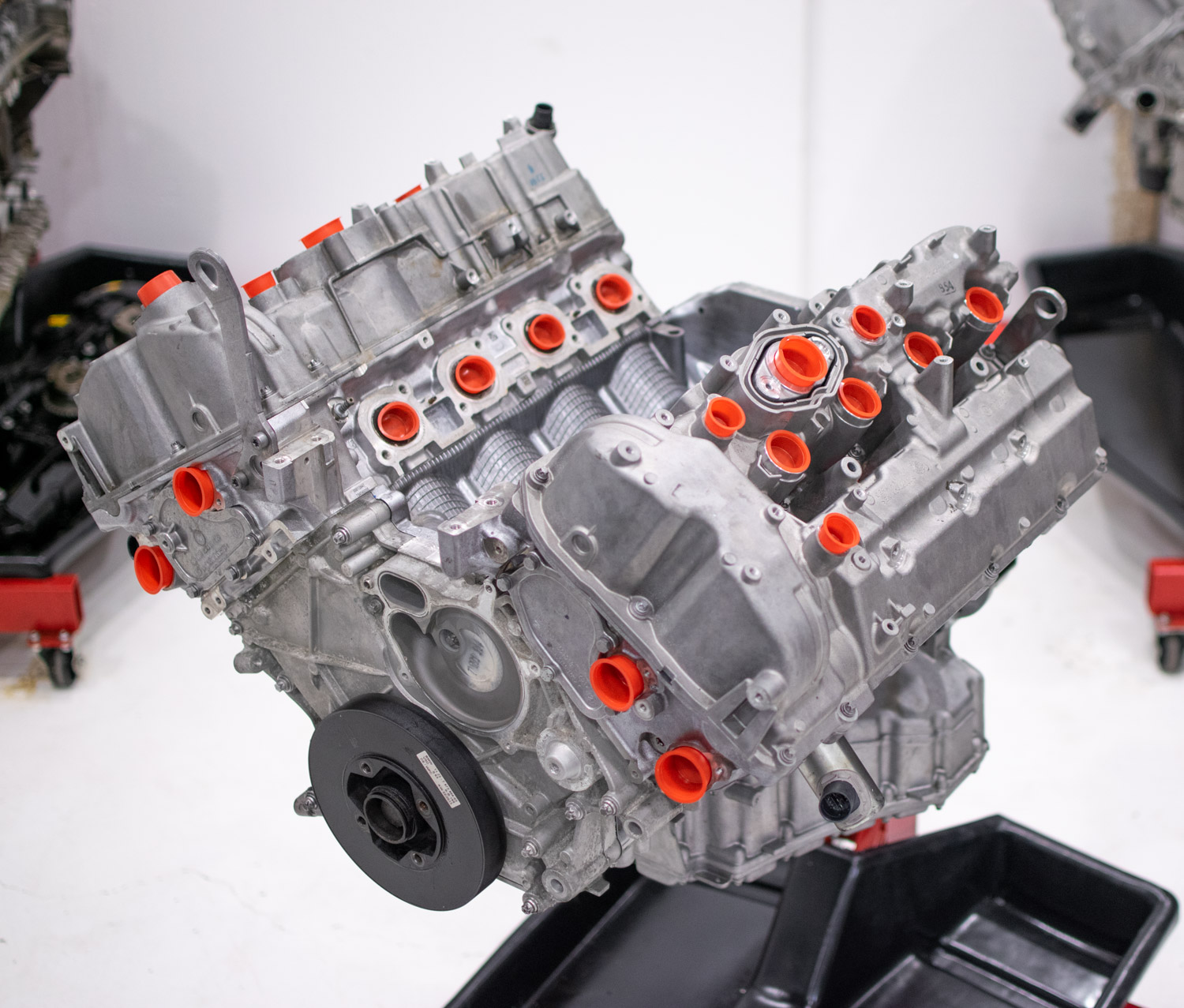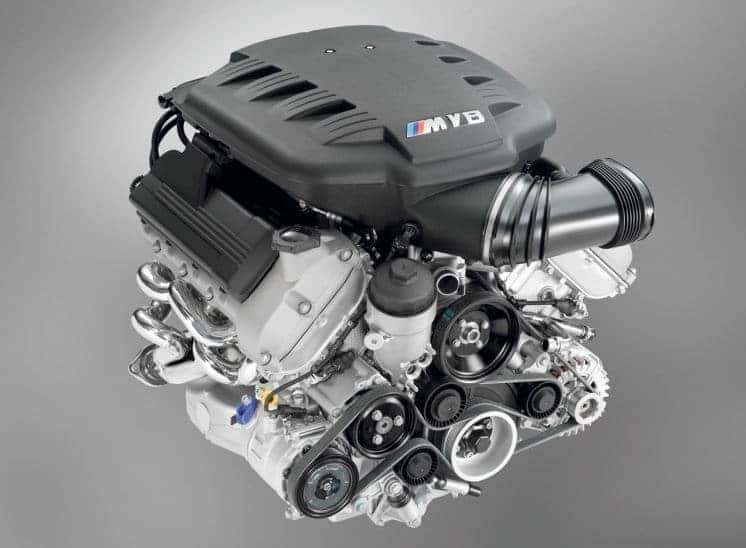Top 5 BMW Engine Technologies Transforming the Automotive Industry
Top 5 BMW Engine Technologies Transforming the Automotive Industry
Blog Article
Discovering the Development of Burning Engines in Modern Transport Systems
As we navigate the landscape of modern transportation, the development of burning engines stands as a testament to human resourcefulness and design prowess. The interplay of history, modern technology, and ecological worries in forming the trajectory of combustion engines develops a narrative that is both insightful and compelling.
Very Early Beginnings of Combustion Engines
Just how did the idea of burning engines initial arise in the beginning of transport development? The roots of burning engines can be mapped back to the 17th century when the principles of inner combustion were very first explored. In 1673, Christian Huygens conceived a basic interior combustion engine that used gunpowder to produce power. It wasn't up until the late 19th century that useful applications of combustion engines in transport started to emerge.
The advancement minute came with the invention of the first successful gasoline-powered engine by Karl Benz in 1885 - bmw engine. This engine led the way for the advancement of the modern vehicle, reinventing transportation systems worldwide. Subsequent innovations by Nikolaus Otto and Gottlieb Daimler better fine-tuned combustion engine innovation, leading to the mass production of automobiles and the fast growth of the transport sector
These early combustion engines were defined by their simplicity and efficiency, laying the structure for the facility and effective engines made use of in modern-day transport systems. The development of combustion engines has been important fit the way we take a trip and carry goods, marking a considerable turning point in the history of transportation development.
Change to Internal Combustion Technology
The change to interior combustion technology noted a crucial change in the development of transportation systems. This change began in the late 19th century, with innovators like Nikolaus Otto and Gottlieb Daimler establishing the very first successful inner combustion engines. These engines revolutionized transport by using a more powerful and efficient option to vapor engines and electric motors.
Among the crucial advantages of internal combustion engines was their capacity to be reduced to match automobiles, bring about the advancement of vehicles and bikes. This change from bulky, fixed engines to portable, mobile ones paved the means for the contemporary transport systems we see today.
The shift to inner combustion modern technology likewise stimulated innovations in fuel modern technology, causing the growth of gas and diesel as key fuel resources for cars. This change not just made transportation extra easily accessible to the masses yet likewise laid the structure for the oil and gas industry to end up being integral to worldwide economies.
Impact of Combustion Engines on Transportation
The fostering of burning engines in transport systems catalyzed a profound shift in the performance and speed of global wheelchair. Burning engines transformed transportation by giving a reliable and functional source of power for different lorries, consisting of vehicles, aircrafts, ships, and vehicles. This innovation considerably improved the capability for products and people to conform cross countries in shorter timespan, causing raised connection in helpful site between areas and countries.
Moreover, the prevalent usage of burning engines has actually had a significant effect on financial advancement. The capability to carry products effectively has actually stimulated profession and commerce, enabling companies to expand their markets and reach customers worldwide. This has actually assisted in economic growth and globalization, as items can now be transferred quicker and in larger quantities than ever before.
However, the ecological effect of combustion engines can not be overlooked. The burning of fossil gas has actually brought about air pollution and greenhouse gas exhausts, adding to climate change and posturing health and wellness dangers to populations. bmw engine. Therefore, there is a growing focus on developing alternate propulsion innovations to alleviate these negative results and produce a more lasting future for transport
Developments in Burning Engine Style
One notable innovation is the development of turbocharged engines, which use exhaust gases to drive a turbine that presses inbound air, permitting for even more gas to be scorched, resulting in enhanced power outcome without a significant increase in engine dimension. Variable shutoff timing systems have actually likewise transformed engine layout by enhancing air movement at various engine rates, boosting both power and effectiveness. These advancements collectively contribute to the continual enhancement of combustion engines in modern transport systems.
Future Fads in Combustion Engine Development
With technology innovations driving continual advancement, the future of combustion engine growth is poised to revolutionize transport systems read review internationally. One of the key fads in combustion engine development is the press towards better effectiveness and reduced exhausts. Makers are investing greatly in r & d to boost engine efficiency while meeting rigorous environmental laws. This includes the assimilation of sophisticated gas injection systems, boosted turbocharging approaches, and using lightweight products to optimize gas intake and decrease carbon exhausts.
One more famous trend is the adoption of crossbreed modern technologies in combustion engines. Hybrid engines integrate typical combustion innovation with electrical power, supplying improved fuel effectiveness and reduced exhausts. As the automotive industry changes in the direction of electrification, crossbreed burning engines are seen as a transitional solution that connects the space in between traditional cars and totally electrical ones.
Furthermore, the integration of smart technologies, such as fabricated knowledge and information analytics, is expected to play a considerable function in the future of combustion engine advancement. These modern technologies can optimize engine performance in real-time, leading to a lot more efficient combustion processes and enhanced overall car his response performance. Embracing these future fads will not just drive technology in burning engine growth yet additionally add to a much more environmentally pleasant and lasting transport environment.

Final Thought
In verdict, the advancement of burning engines in modern-day transport systems has actually been noted by substantial developments in technology and design. From the very early beginnings of combustion engines to the shift to interior combustion technology, these engines have had a profound influence on transport. Innovations in combustion engine design remain to drive progression in this area, with future patterns concentrating on additional improving efficiency and reducing exhausts. The future of burning engines in transport looks promising as r & d efforts remain to press limits.
The roots of burning engines can be traced back to the 17th century when the concepts of interior burning were first checked out. These engines transformed transport by supplying a more reliable and powerful alternative to heavy steam engines and electrical motors.

Report this page